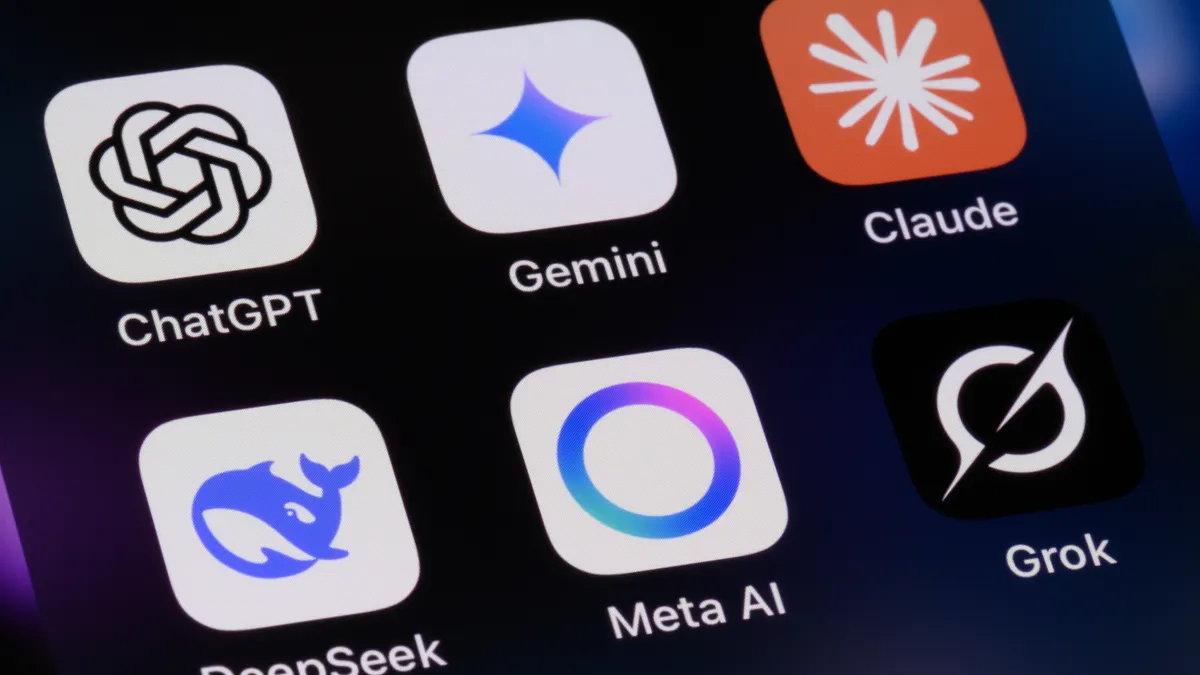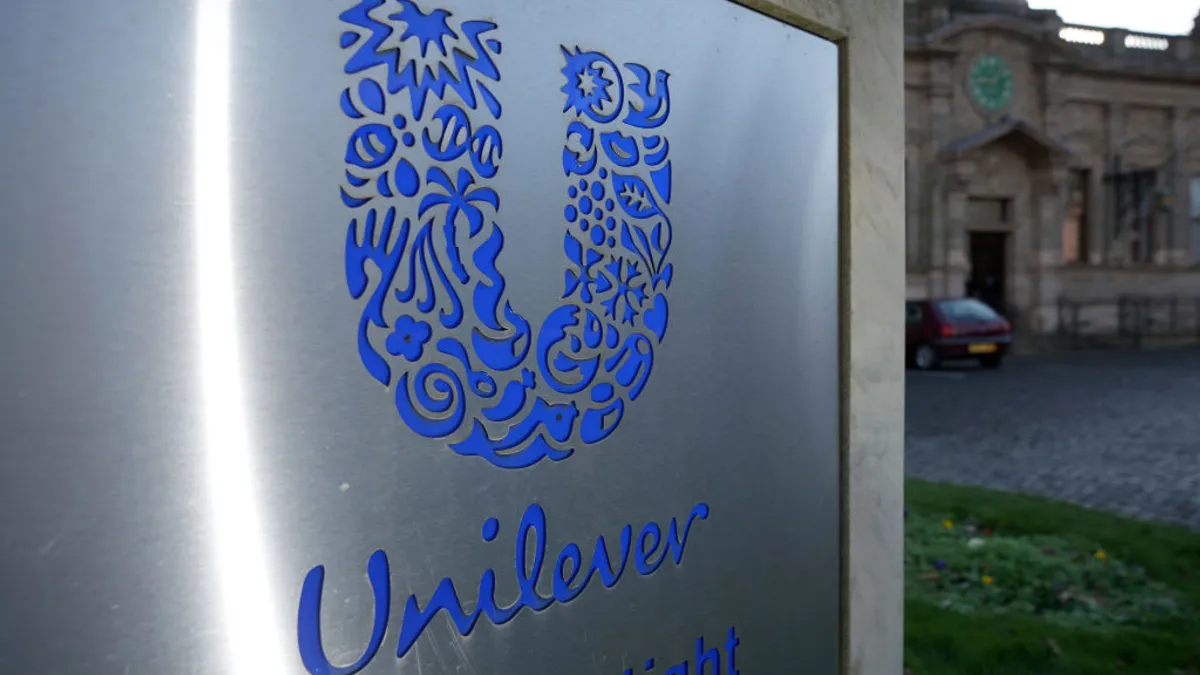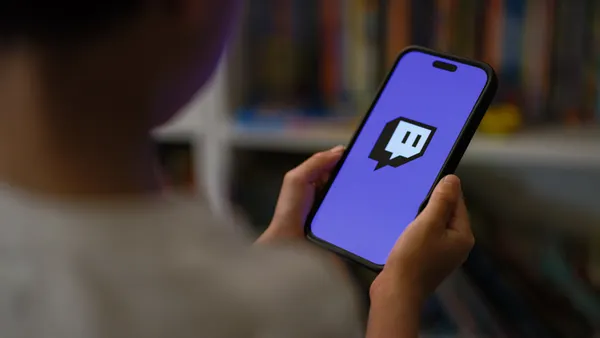While Marc Pritchard’s demands earlier this year for a cleaner digital media ecosystem continue to reverberate through the industry, the executive is already looking ahead to what else needs improvement and is even excited about a few bright spots on the horizon.
Anyone in marketing who hasn't heard about the pivotal speech by P&G’s chief brand officer at the Interactive Advertising Bureau's Annual Leadership Meeting in January has probably been living under a rock. At the event, Pritchard depicted a murky digital media supply chain and insisted the company's marketing partners address issues around transparency, fraud and viewability by the end of 2017 or the company would invest elsewhere. Facebook, Google, agencies and digital marketing service providers all responded and the work on transparency and fraud is now mostly done while companies have made important progress on viewability, Pritchard told Marketing Dive in a recent phone interview.
Glancing ahead is a difficult task for any marketer because digital continues to evolve quickly. For P&G, the situation is even tougher because, at press time, it looked like the company could be reluctantly adding activist investor Nelson Peltz to its board, potentially ushering in some big strategic changes.
In the interview below, which has been edited for readability, Pritchard blocks the external noise and pulls from his years of experience as a marketer to consider where marketing might be headed, a vision that includes the possibility of a new era of innovation, more quality content and brands using their voice for good.
MARKETING DIVE: Your speech at the IAB in January resonated in a significant way that continues to be felt nine months later. Did you know going in that it would have such a big impact?
PRITCHARD: No. I felt strongly about the message and really wanted to make a difference because I've been working on some of those issues for nearly a year. Media transparency, in particular, is an area we really needed to focus on so we could clean up the supply chain in order to invest in what really matters, which is better advertising and creativity.
When I had a chance to speak about it at the IAB, what I felt and hoped was that the messages would resonate with the marketing industry and, hopefully, also compel others to apply the same action steps. Because, if we could get multiple companies taking action, then I thought we'd have a much greater impact. But I was pleasantly surprised by how well it really seemed to impact others.
Some of what you said had been previously voiced by yourself and others. Why do you think the message broke through at that particular time and place?
PRITCHARD: That's a really good question. I think maybe part of it is that the maturity of the digital media ecosystem started to reach a new level. At the time, it had reached almost $200 billion, which is almost a third of the over $600 billion worldwide in overall advertising spending. As a result of it becoming essentially the number one spend area, it hit a point where that now you are the leader, you need to step up to a new set of standards.
"[A lot of companies] were seeing increased spending in digital media, but decreased effectiveness; increasing costs, but decreasing sales lift."

Marc Pritchard
Chief Brand Officer, P&G
The second piece is that I think it resonated because a lot of companies were going through the same thing that we were going through. They were seeing increased spending in digital media, but decreased effectiveness; increasing costs, but decreasing sales lift. Then as we started to penetrate that, we were seeing less and less transparency.
So, it was that kind of confluence that came together, which said, ok, the time was right. Then we laid out a specific set of actions. When the largest advertiser in the world steps up and says, okay, here's the issues we see and here's then the action steps we are going to take, I think it just opened up the floodgate for real movement.
Throughout 2017, a number of big brands, including P&G, reduced their digital ad spending. Do you think there are more cuts coming and is that money ever returning to digital?
PRITCHARD: In our case, shortly after that speech, we had the brand safety issues that occurred on YouTube. So, it became yet another issue. We penetrated on that and, as of about March, we said, look we're going to move away from YouTube for some period of time because we can't be assured that our ads aren't going to show up in the wrong places. Then there were several other advertisers who did the same thing.
"...there is a shift in expectations around what people expect out of digital because now you have more transparency so you are able to make better decisions as to where you should invest...."

Marc Pritchard
Chief Brand Officer, P&G
The other piece is that around the time of the January speech, we were making a pivot on our programmatic buying as well because, again there, what we were seeing was there was a long tail of sites that we couldn't be sure [ad platforms weren't going to buy against]. That's why we were able to make the decision to cut back on digital spending for that period of time. It turned out to be the right thing to do because we still delivered our sales objectives, which obviously made it clear that there is a lot of waste out there.
What I think is happening is there is a shift in expectations around what people expect out of digital because now you have more transparency so you are able to make better decisions as to where you should invest and what you should invest in.
I think what is going to happen now is that everybody will raise their game and I think we'll figure out the ways to get more effectiveness and more efficiency out of digital spending. Also, I think we are going to see a lot more innovation. It is time for the next generation of innovation that is going to occur in this whole ecosystem, particularly with respect to data and using consumer ID data.
What has digital marketing gotten right this year and what is it still getting wrong?
PRITCHARD: I would say nearly everybody has stepped up on transparency. By the end of the calendar, I think we'll largely be done with the key action steps we outlined. The only thing that will still be remaining will be getting MRC, or Media Rating Council, getting that final accreditation done. Which is fine, because that's in process.
What still needs to get done is to dramatically improve the content on which we advertise. That's probably the area where the bar needs to get raised pretty significantly because there are still way too many sites with way too much low-quality content.
The next part is that innovation is going to be required. Advertising formats that are useful to consumers — I think there needs to be a lot more innovation on that front. The good news is with the advent of augmented reality, virtual reality, machine learning and those things, I think there's a potential to make that happen.
How is P&G working with its partners to improve the quality of content?
PRITCHARD: With YouTube, and with Facebook, we've been looking at the kinds of channels or the kinds of content that they can feed through that we can advertise on. YouTube has done a real good job of identifying higher quality, brand-safe channels that we can advertise on. Facebook has done something similar with their Audience Network and some other places.
The other thing is that more one-to-one marketing at scale is occurring. We work with Google on Pampers Rewards pretty extensively. When a mom to be is pregnant, the second person to know is usually Google because she goes online to search. That sends a signal to Pampers Rewards so we then can connect with her. It's this ecosystem that creates a real one-to-one marketing capability that helps keep her connected to the brand, not just throughout her pregnancy, but throughout her baby's babyhood.
Looking ahead, what marketing developments are you most excited about?
PRITCHARD: The big one is, with the large consolidation of consumer ID data, I see more brands and companies being able to harness that in order to achieve one-to-one marketing on a mass scale. In the next 12-to-18 months is when we will see the big breakthroughs.
The second one would be, more brands and companies are using their voice in advertising for good, which is then driving growth. Increasingly consumers, and this really has come as a result of millennials coming of age, want to know more about who's behind the company and the brand and what they stand for and what they care about. Brands, because of digital technology, are able to use their voices to express points of view about those particular areas that millennials, in particular, care about. The work we’ve done for Always' "Like A Girl" is a classic example of a brand that is always focused on infusing confidence in young women, and through literally turning what was an insult — "you do that like a girl" — into a positive expression, the brand is growing.
Addressing social issues comes with potential pitfalls for brands as we've seen a few times this year. How does P&G ensure the content resonates in a way that you want it to?
PRITCHARD: The important thing to do is to make sure that you really focus on an insight or an area that is important to consumers where your brand or your company matters. That's why Like a Girl works so well, because Always is a feminine protection brand and knows women really well and so is able to bring confidence to young women.
What advice would you offer to marketers?
PRITCHARD: I would like to say that it is so important that we raise the bar on creativity, on transparency, on innovation, in order to drive growth.
Why does a company like P&G get involved in things like equality? First of all, companies need to be good citizens.
"I would invite every marketer to really think through how they can make a difference in innovation, creativity, transparency as well as using their voice for good and for growth."

Marc Pritchard
Chief Brand Officer, P&G
It kind of is common sense that there should be equality. Women are half the population, so they should have equal representation, equal roles, equal pay, equal respect, equal everything. But it is not equal. McKinsey did a study that said, if we just had equal pay in the U.S. between men and women, it would add $840 billion to the economy in purchasing power. So it is not just a force for good, it is a force for growth.
When we do things like Like a Girl and Ariel's "Share the Load," they may be like 1% of paid media, but they get such amplification from a PR standpoint. In our everyday advertising, we make sure that we have gender equality and racial diversity. You've got to begin to make this normal. I would invite every marketer to really think through how they can make a difference in innovation, creativity, transparency as well as using their voice for good and for growth.




















